The presence of ships rarely goes unnoticed. Aside from their sheer size, they show up on radar and AIS (Automatic Identification System) and are in regular contact with each other by radio. Those of us in small boats often go unseen and literally under the radar. While there are advantages to being so unobtrusive, there are times when it is necessary to make our presence known, if only to convey a very simple message: I’m here. Having a good whistle or horn aboard makes that possible when there is an inattentive boater or fog about.Among the loudest I’ve used are two foghorns made by Plastimo: the Trump and the Mini-Trump. I don’t know exactly when the horns were first released, but they were listed in Plastimo’s 2014 catalog, a few years before the name became intertwined with American politics. My guess is that the name was a play on the word “trumpet.” The larger horn comes with a wrist lanyard, a case, and two replacement membranes (not shown).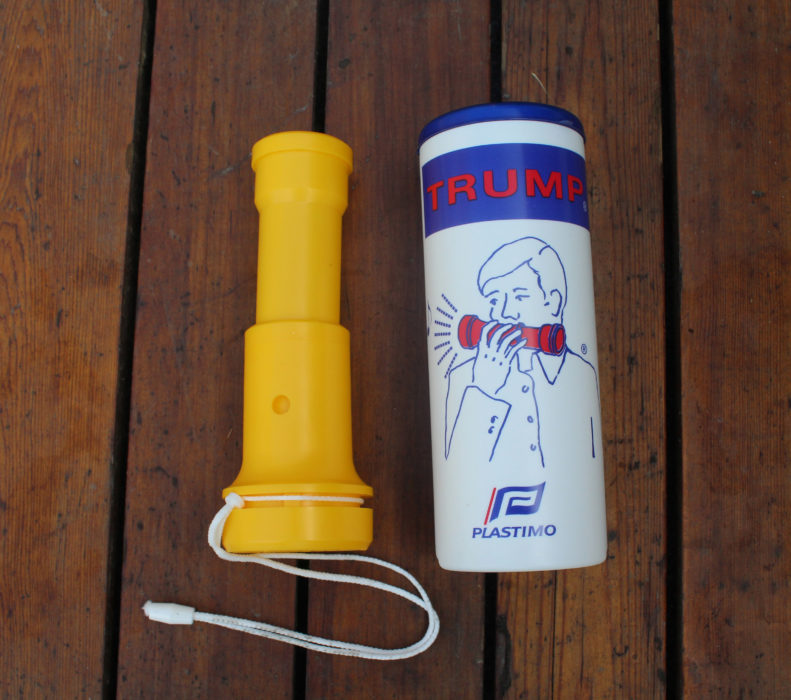 Photographs by the author
Photographs by the author
Join The Conversation
We welcome your comments about this article. If you’d like to include a photo or a video with your comment, please email the file or link.

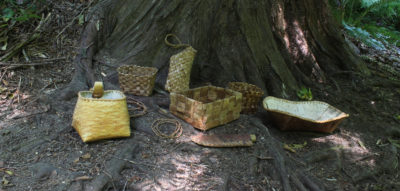
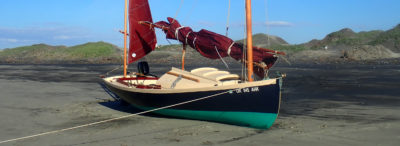
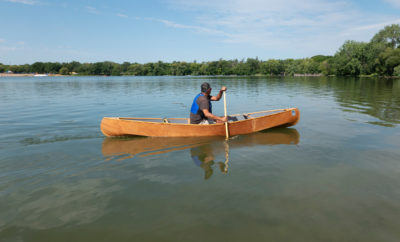

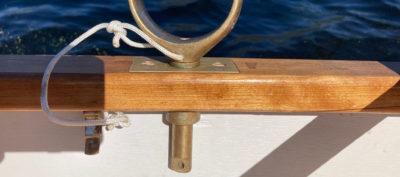
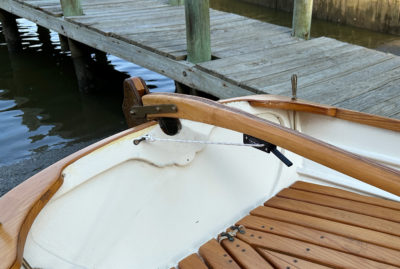
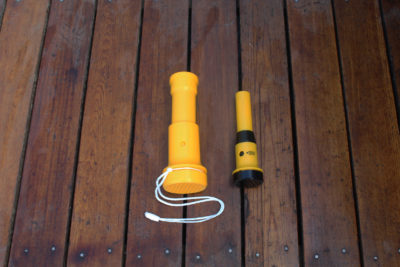

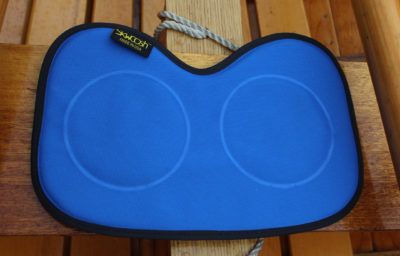
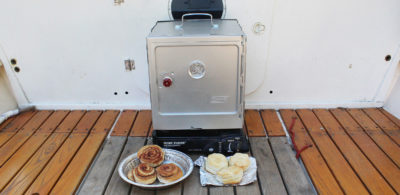
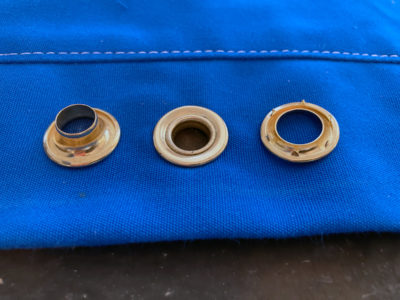
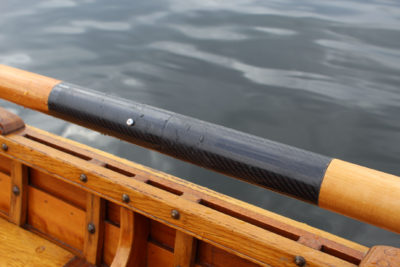
I got the small one because of your review. Remarkably loud. We plan to use it on the Rideau Canal next month where where a signal is required at a bend. Thanks for the recommendation.
This thing produces an amazing duck-like squark… brilliant bit of kit! Mine bought in 2005 is still working 100%. (The horn is quite directional. Unless your ears are on stalks you are not in the the full-volume firing line!).
I did get a weird non function of mine in thick wet fog. No holes in the membrane; I suspect that if the membrane has moisture on it, it won’t work. Just sort of bleats. Same horn worked fine later.